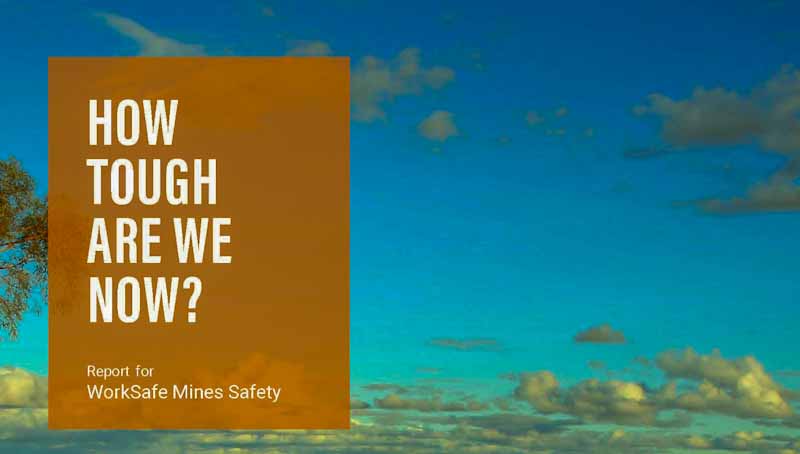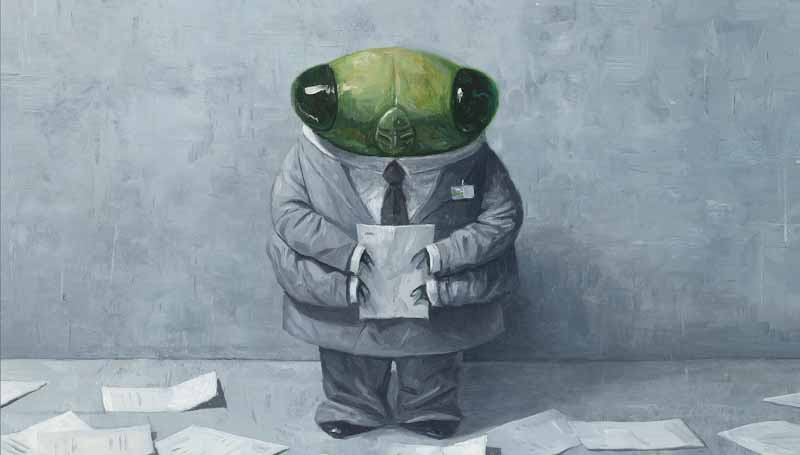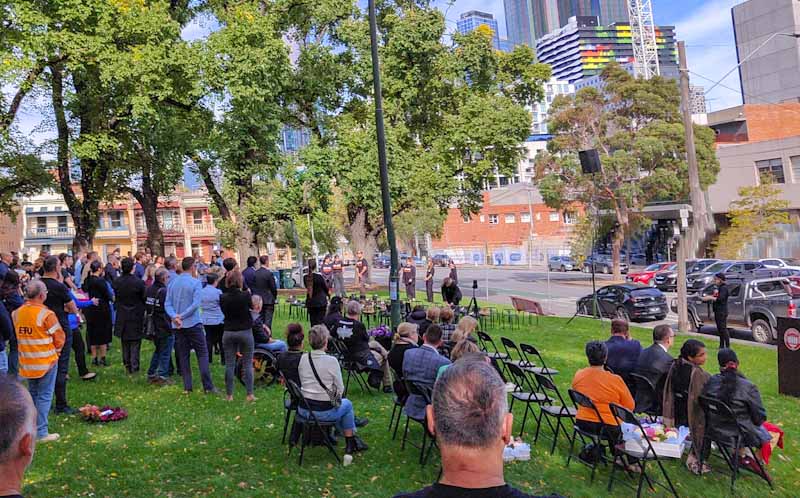Occupational health and safety (OHS) has long been stripped of emotion through an emphasis on evidence, finances, compliance, objectivity, rationality, auditing and key performance indicators. The tide is turning slightly with increased attention on mental health, respect, psychosocial factors, and regaining a professional humanity. This OHS approach remains on the fringes of OHS as the dominance of profit from decades of neoliberal economics and politics continues.
But perhaps what the OHS profession needs is to connect with Love.







